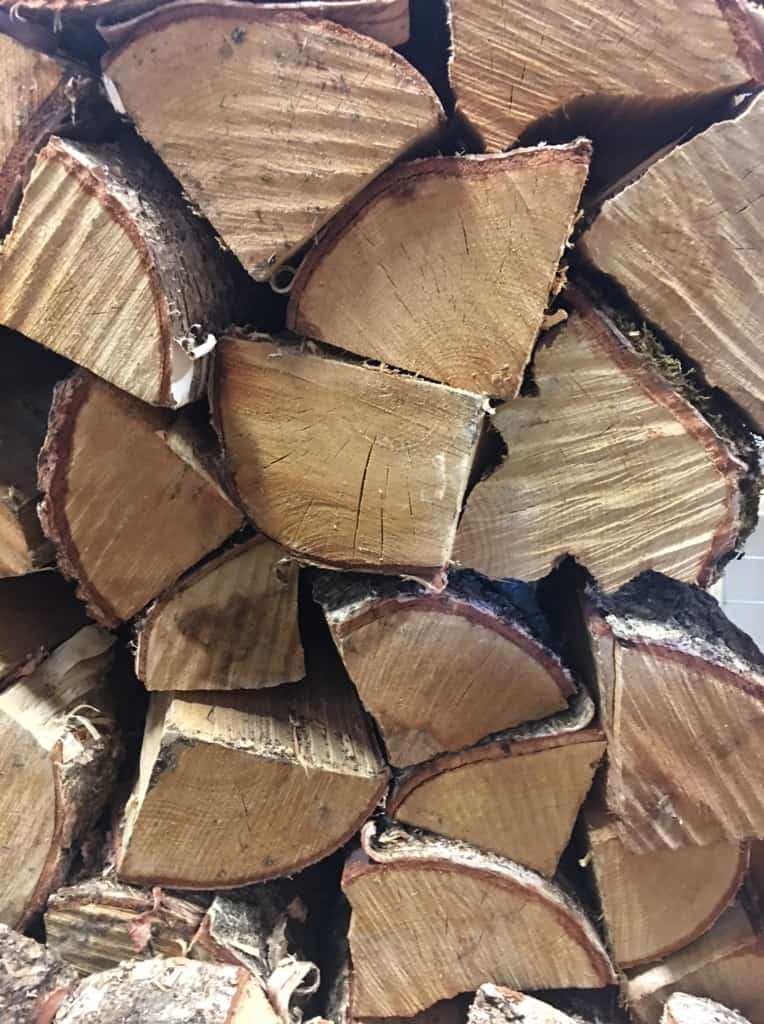The SIA (Stove Industry Alliance) estimate that around 1.85 million tonnes of wood is burnt each year in the UK. This is a significantly lower figure than what was suggested in 2016 by AQEG, Defra’s Air Quality Expert Group. They gave a figure closer to 6 million tonnes a year.
In early 2019 the UK Clean Air Strategy suggested that the “increase in burning solid fuels (wood and coal) in our homes (domestic burning) is having an impact on our air quality and now makes up the single largest contributor to our national PM emissions at 38%”.

Tacking Inaccurate Emission Figures:
We recently produced an article, which outlines research that took place between the results of the BEIS survey, which gave rise to the inflated PM emission figures quoted above, and the SIA’s own survey, which had the same methodology and questions applied. The objective of the SIA survey was to give a more accurate and fair picture about the real levels of pollution that comes from burning wood. Read more.
How The Wood Burning Industry is Helping….
The wood burning industry is making a significant contribution towards improved air quality. However, it’s not been an easy ride in recent years. Only recently the industry was faced with inaccurate and misleading facts, with the suggestion, mentioned above, that domestic burning makes up the single largest contributor to national PM emissions.
It doesn’t stop there. Various media sources have continually failed to identify and highlight the stark differences between emission levels from various wood burning methods and appliances. The phase “burning wood is bad” and similar headlines only mislead consumers on such an important matter.
Thanks to continued work from the likes of the SIA and similar, there appears to be a turn around, with more communications starting to highlight the positive aspects around burning wood, the RIGHT WAY and on the RIGHT APPLIANCE. Here are some of the things, which could help or are already helping lower emissions and ultimately fight climate change:
Modern wood burners with improved combustion release a high proportion of harmless inorganic salts as a proportion of the total PM2.5 emissions:
Making the switch to modern appliances has health benefits not only in the reduced mass emissions of gas and particulate pollutants, but also in the relative toxicity of those particles.
Making the move to Ecodesign:
Moving to the sale of only Ecodesign compliant appliances will provide air quality benefits, as will reducing the numbers of open fires and older, inefficient stoves in use.
Burning wood on a modern appliance can be a key part of a sustainable economy where it forms a key part of woodland strategy:
Local wood production, management and the local economy all combine with wood burning in a sustainable integrated support structure. Wood burning uses normal woodland management waste.
Support customers through incentives to choose the lowest emission appliances to replace open fires and old stoves:
This will significantly reduce emissions from wood burning in homes by targeting the 27.4% of appliances, which are open fires or stoves older than 10 years.
Educate the public about burning correctly seasoned wood:
Burning wood, which is correctly seasoned will have a big impact on air quality. Organisations like Woodsure – https://woodsure.co.uk/ aim to help educate the public about burning wood, which is correctly seasoned, and the benefits of such. A quote from their website explains further:
“Woodsure is a not-for-profit organisation, striving to raise the quality of woodfuel in the industry. The Woodsure certification scheme and its logo shows woodfuel users the suppliers and products that they can trust.
The team have extensive experience in the woodfuel industry and constantly evolve to keep pace with this rapidly developing sector.“








